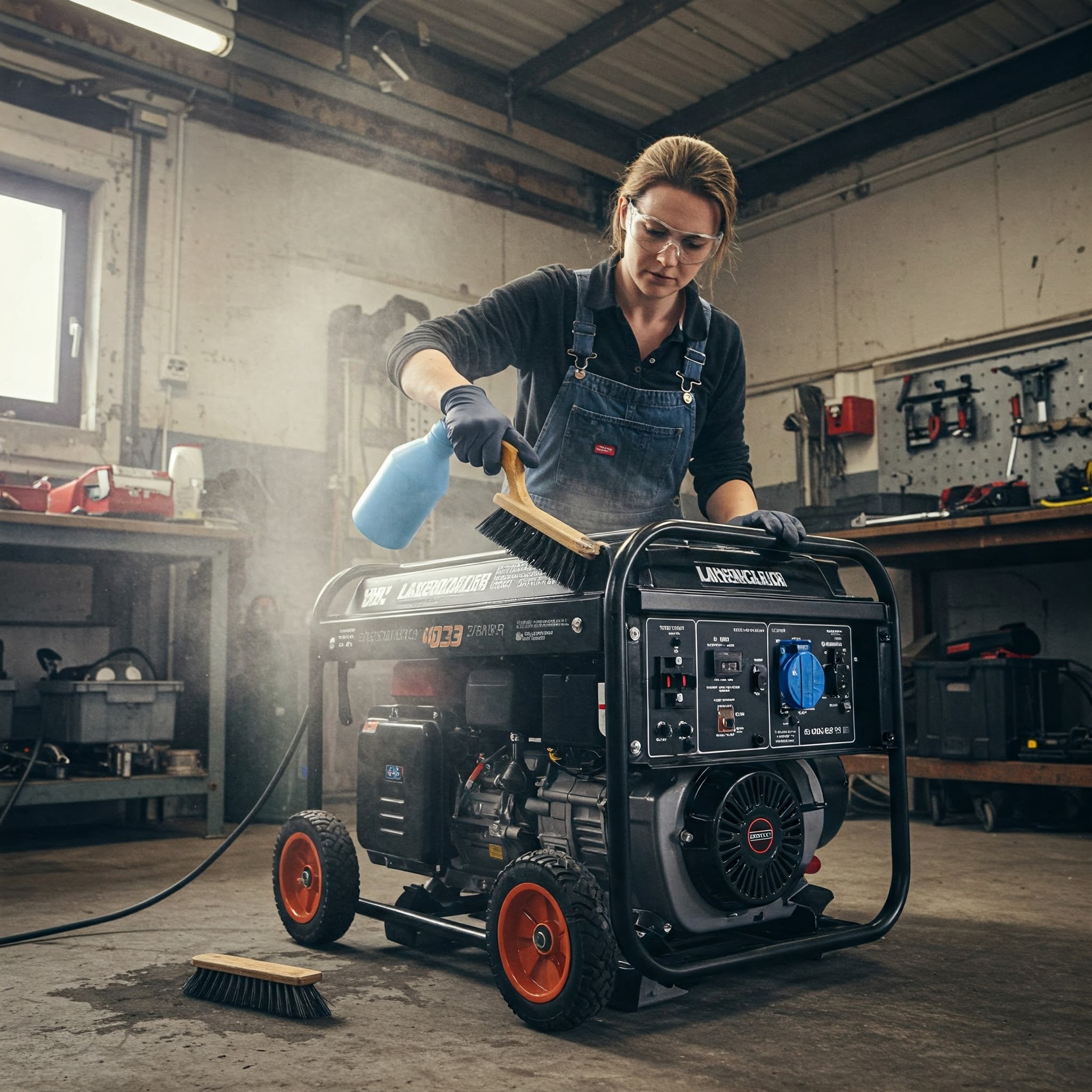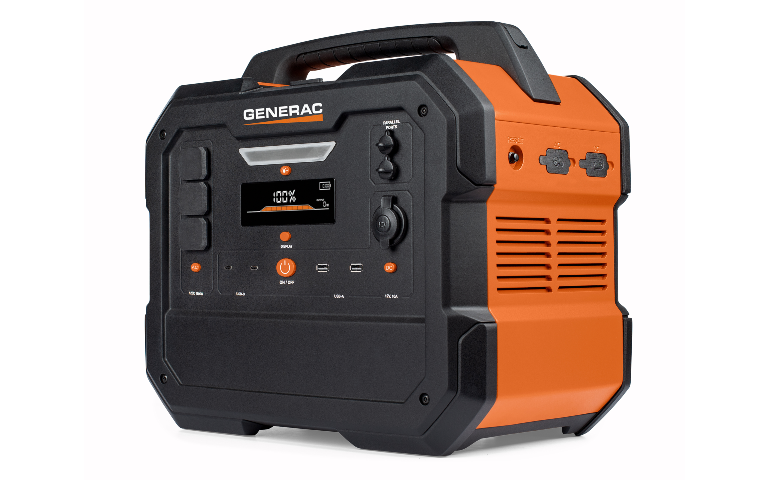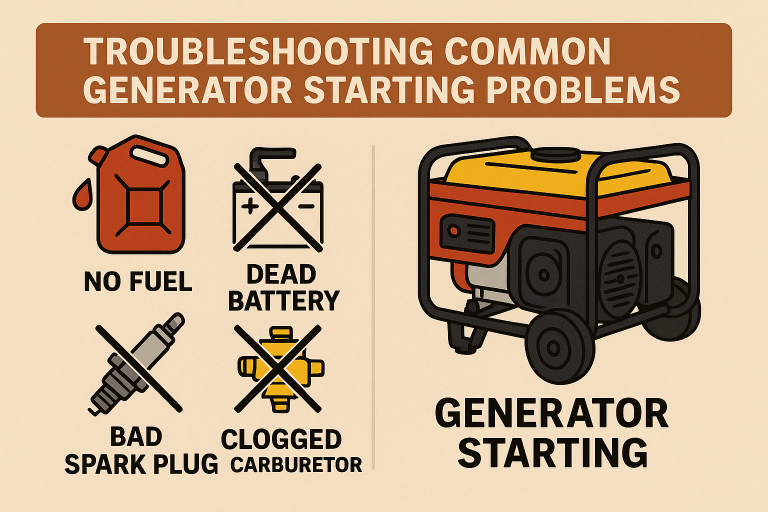How to safely connect a portable generator to your home’s electrical system.
Connecting a portable generator to your home’s electrical system can be a great way to ensure that you have power during a power outage or other emergency. However, it’s important to take the necessary safety precautions to ensure that the generator is connected properly and that you and your home are protected from any potential hazards. In this article, I’ll be discussing how to safely connect a portable generator to your home’s electrical system.
Before we get started, it’s important to note that connecting a portable generator to your home’s electrical system should only be done by a qualified electrician. Attempting to do it yourself can be extremely dangerous and can put you and your home at risk. With that being said, let’s take a look at the steps involved in safely connecting a portable generator to your home’s electrical system.
Step 1: Determine the Size of the Generator
The first step in safely connecting a portable generator to your home’s electrical system is to determine the size of the generator that you will need. The size of the generator will depend on the amount of power that you need to generate and the specific electrical needs of your home. It’s important to choose a generator that is large enough to meet your power needs, but not so large that it will overload your home’s electrical system.
Step 2: Install a Transfer Switch
The next step in safely connecting a portable generator to your home’s electrical system is to install a transfer switch. A transfer switch is a device that allows you to safely switch between the power supplied by the utility company and the power generated by the generator. This ensures that the generator is only supplying power to the circuits that you have selected, and not to the entire home.
Step 3: Connect the Generator to the Transfer Switch
Once the transfer switch is installed, the next step is to connect the generator to the transfer switch. This is typically done by connecting a power cord from the generator to the transfer switch. It’s important to make sure that the cord is of the correct gauge and that the plug is the correct type for the generator.
Step 4: Test the Generator
After the generator is connected to the transfer switch, the next step is to test the generator to make sure that it is working properly. This typically involves starting the generator and letting it run for a few minutes to ensure that it is generating power. It’s also important to check the voltage and frequency of the power to make sure that they are within the correct range.
Step 5: Connect the Generator to the Home’s Electrical System
The final step in safely connecting a portable generator to your home’s electrical system is to connect the generator to the home’s electrical system. This is typically done by connecting the transfer switch to the main electrical panel. It’s important to make sure that all of the connections are tight and that the main breaker is in the off position before making the connections.
Additional Safety Measures
In addition to the steps outlined above, there are a few additional safety measures that should be taken when connecting a portable generator to your home’s electrical system. These include:
- Always use a generator on a dry surface and keep it dry at all times.
- Never run a generator inside a home or garage, as the fumes can be dangerous.
- Always follow the manufacturer’s instructions when using a portable generator.
- Make sure that the generator is properly grounded and that all electrical connections are made correctly.
Conclusion
Connecting a portable generator to your home’s electrical system can be a great way to ensure that you have power during a power outage or other emergency. However, it’s important to take the necessary safety precautions to ensure that the generator is connected properly and that you and your home are



